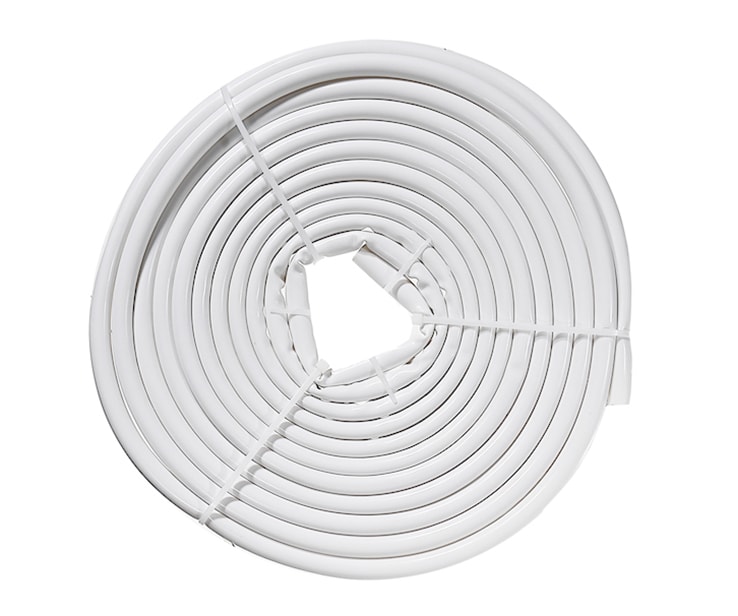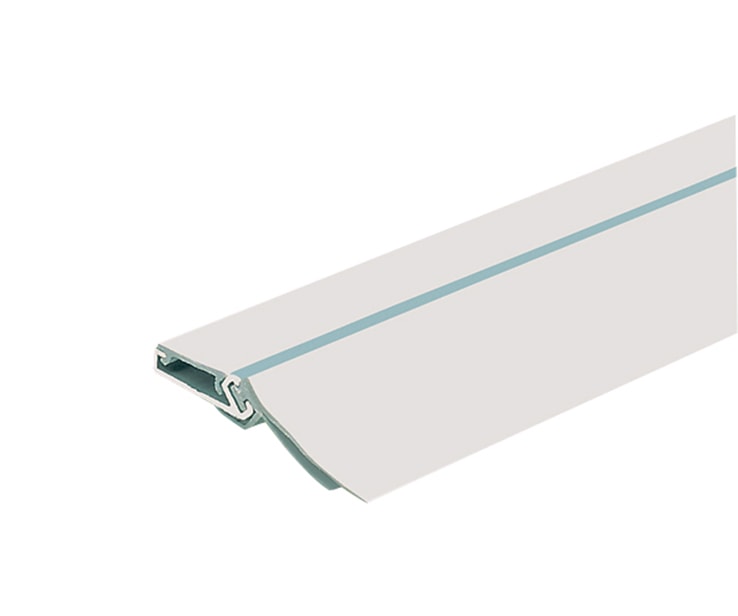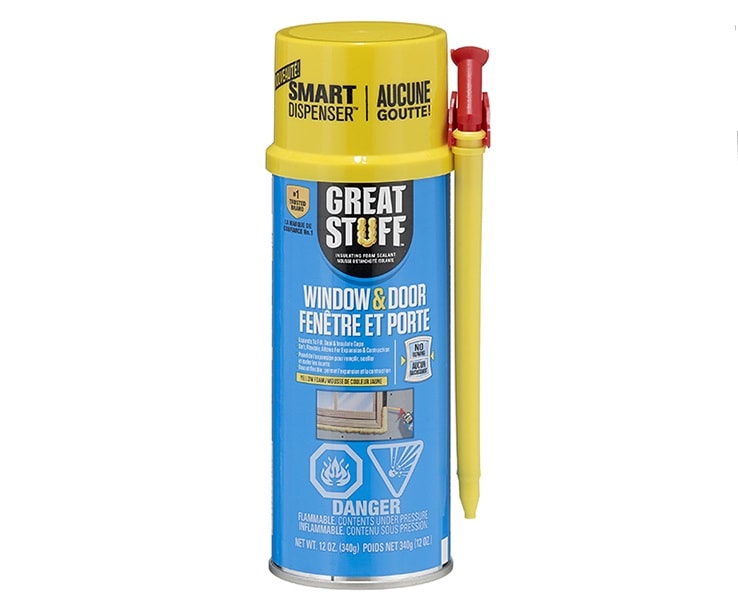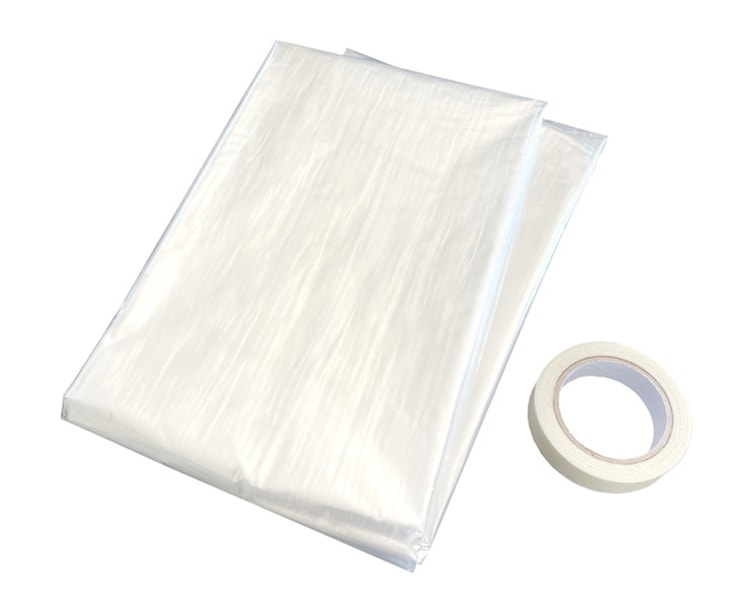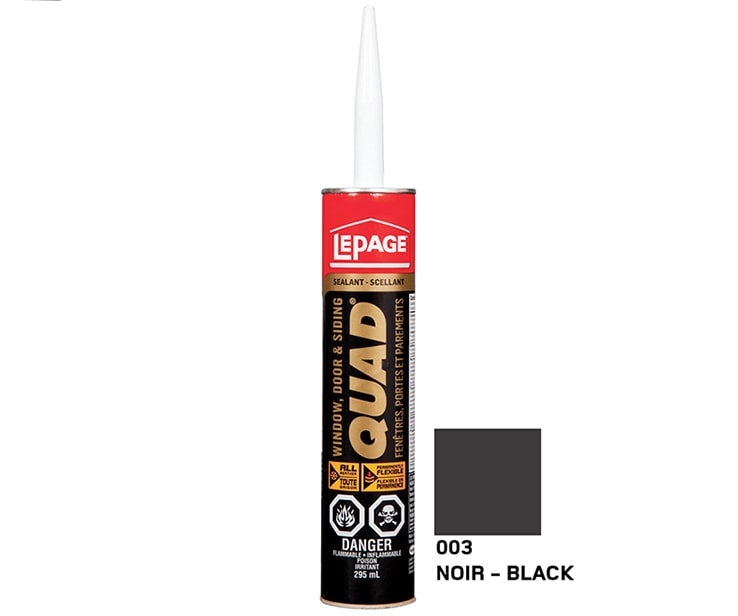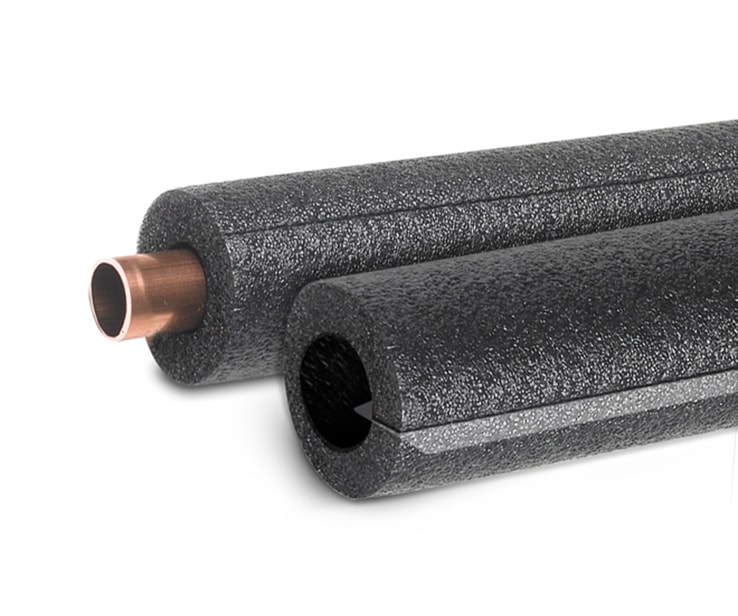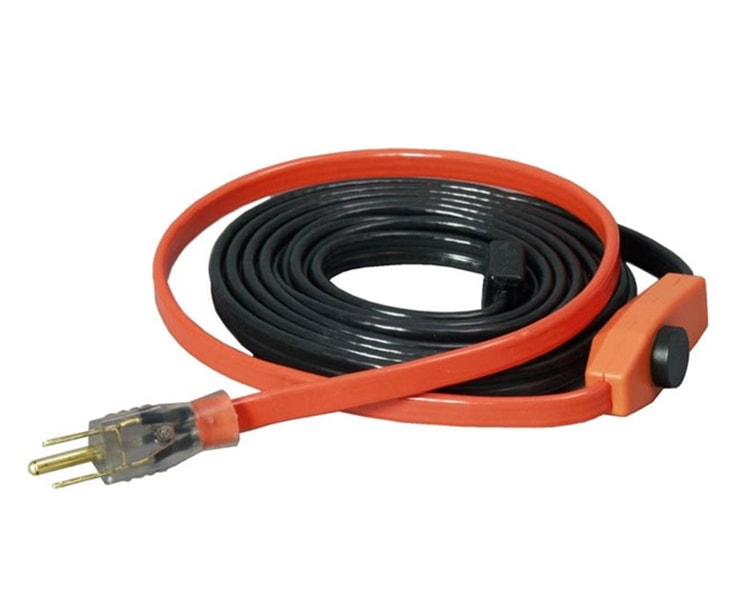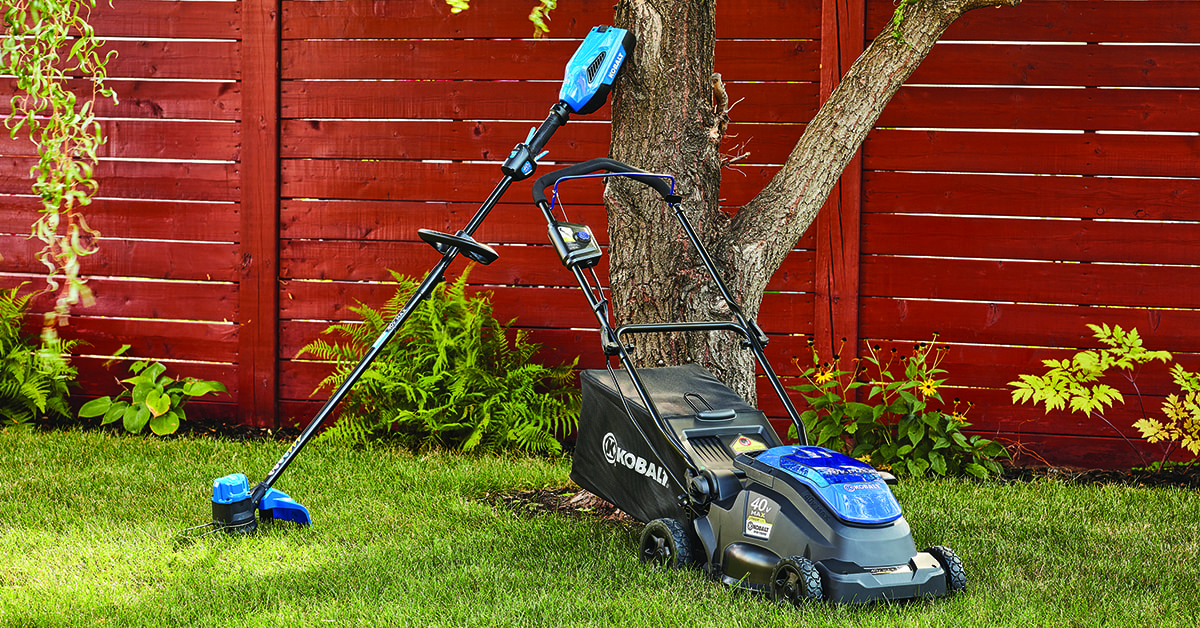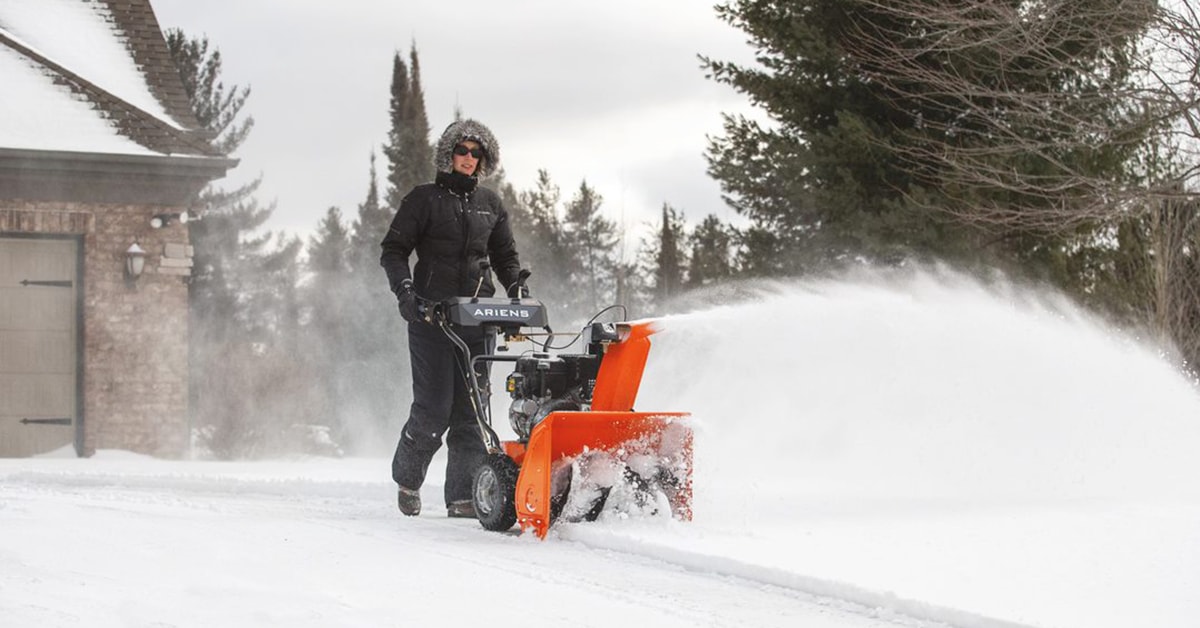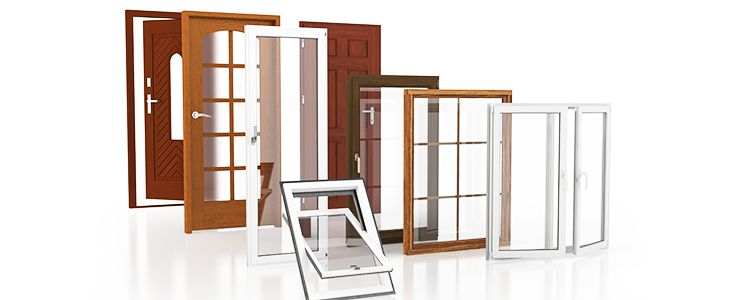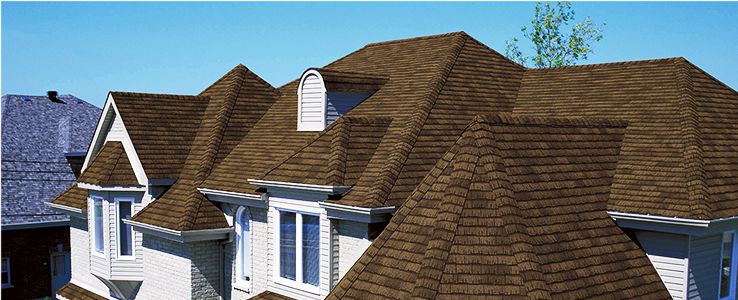
Mis à jour le 12 décembre 2023
Top Tips for Winterizing Your Home
It’s the time of year to get set for winter again! Before the cold and snow really hit, take some proactive steps to prepare your home for the season. Here are our top tips for helping your household weather the conditions.
Pro Tip
If you cannot remove the trim around your windows and doors to install insulation or stripping, then you can seal air leaks using latex or acrylic caulk instead.
Follow our step-by-step guide to learn how to remove and replace old exterior caulking.
Insulate Your Home
Use Roll Insulation Anywhere in Your Home
Roll insulation is best applied in spacious and unobstructed areas like attics and crawl spaces, but it can be used just about anywhere in the home. One of its main benefits is that it can be cut to any size to fit a variety of cavities. It is also available in un-faced and faced designs. Faced insulation can be used in attics, exterior walls, finished basements, knee walls, floors, ceilings, and cathedral ceilings.
Use Blown-In Insulation in the Attic
Blown-in insulation is among the easiest types of insulation to apply in the attic. For maximum efficiency and performance, it is important to note the R-value of the material, which denotes its ability to resist heat conduction. Different regions and climates require different R-values.
Winterize Your Home Exterior
Pro Tip
Freezing temperatures can cause terra cotta pots to crack and break. Insulating materials like bubble wrap, burlap, or even old blankets can help protect these beautiful pieces.
Don’t Forget to Shelter Your Outdoor Power Equipment!
Protect Your Plumbing
Seal Cracks with Caulking
Insulate with Pipe Sleeves
Create Warmth with Heating Cables
Pro Tip
Pipes that are particularly vulnerable to freezing temperatures should be protected by thermostat-controlled, UL-listed pipe heating cables. Take care only to use the right cables for your specific pipes and follow all manufacturer’s instructions for installation. The manufacturer may also recommend unplugging the cables at the end of winter.

Heat Your Home Effectively
Install an Electric Fireplace
Smoke- and emission-free electric fireplaces don’t require venting, making them a great option for extra heating.
Set Up Some Portable Heaters
Portable heaters let you take the heat with you anywhere in your home.
Optimize Your Central Heating and Cooling
An optimized heating and cooling system will let you get the perfect temperature all through the house, down to the exact degree.
Install a Programmable Thermostat
Ensure maximum efficiency of your heating and cooling system with a programmable thermostat.
Change the Air Filters
Air filters keep everything running efficiently by trapping dirt, dust, and other debris. However, they need to be changed regularly so they don’t obstruct the airflow.
Hang Up Insulated Curtains
Insulated curtains do an excellent job of keeping the cold out. Install them on your windows to give any room some added style and save on your heating bill at the same time.
Prepare for Winter Storms
Pro Tip
If you experience a power failure, keep the curtains open during the day to let in sunlight and heat, then close them at night to trap the heat inside. You should also turn off all of your appliances and other electronics in case of a power surge once the electricity is restored. Don’t open your freezer unless you absolutely have to—if the door remains closed, the food will keep from 24 to 36 hours. If you use candles, then never leave them unattended, and be sure to use deep and wide candle holders. Finally, don’t forget to check in on family members, friends, and neighbours who may be vulnerable and in need of assistance, like the elderly, disabled, or ill.









